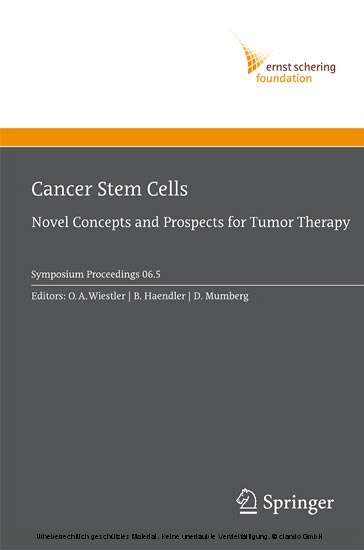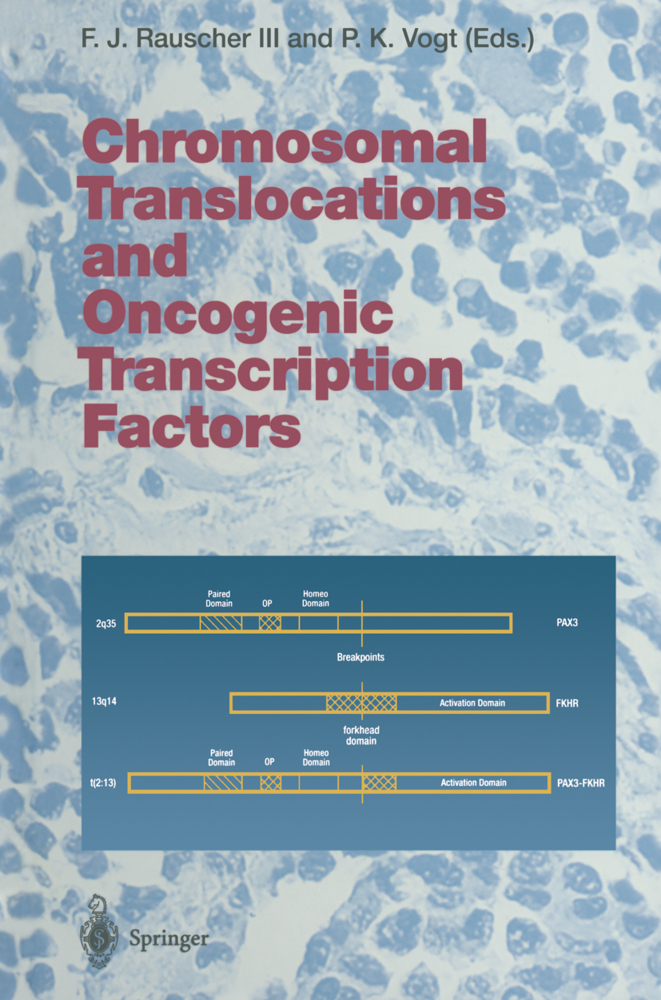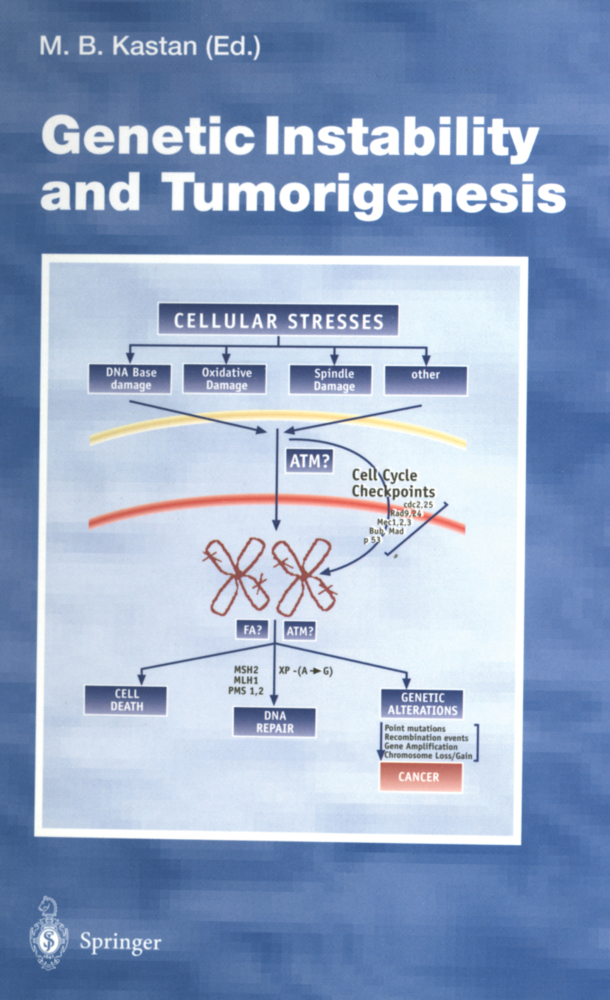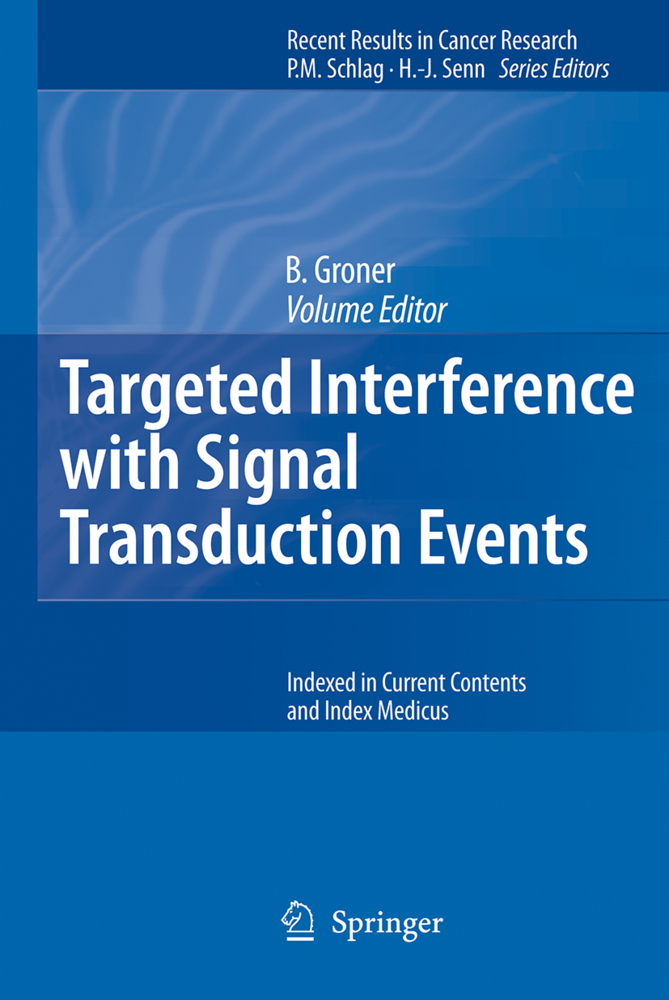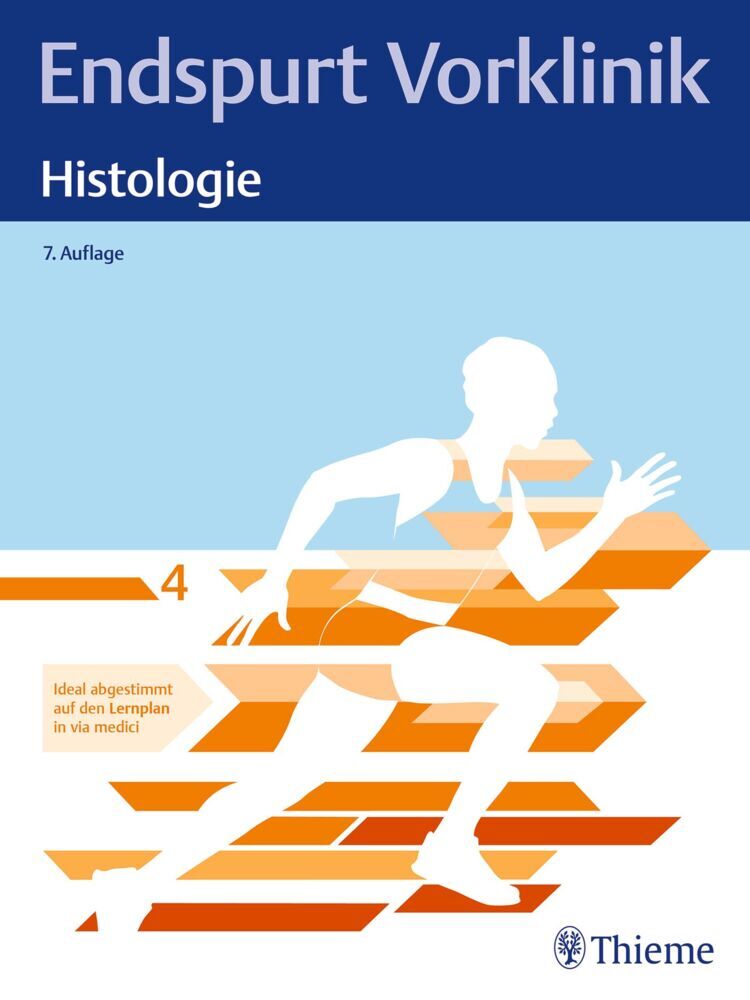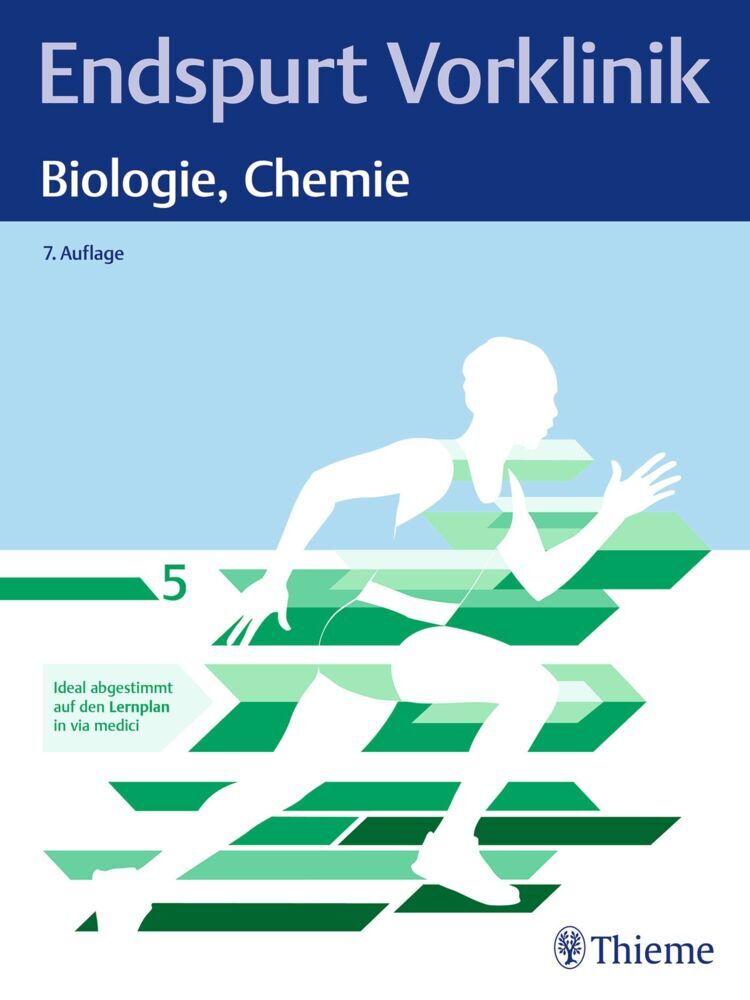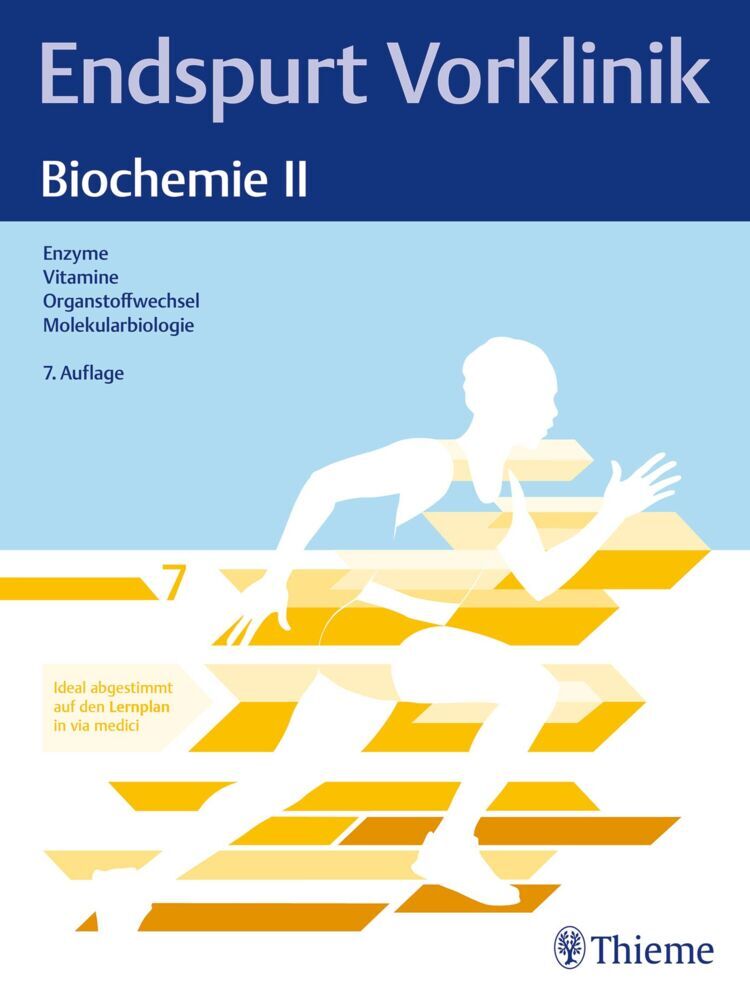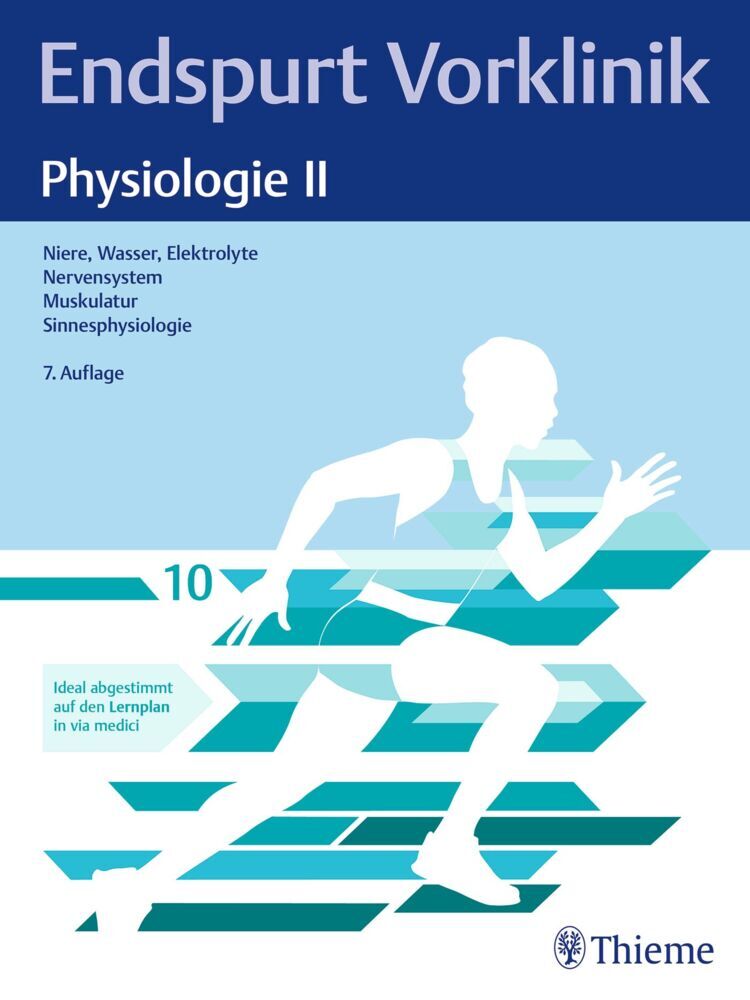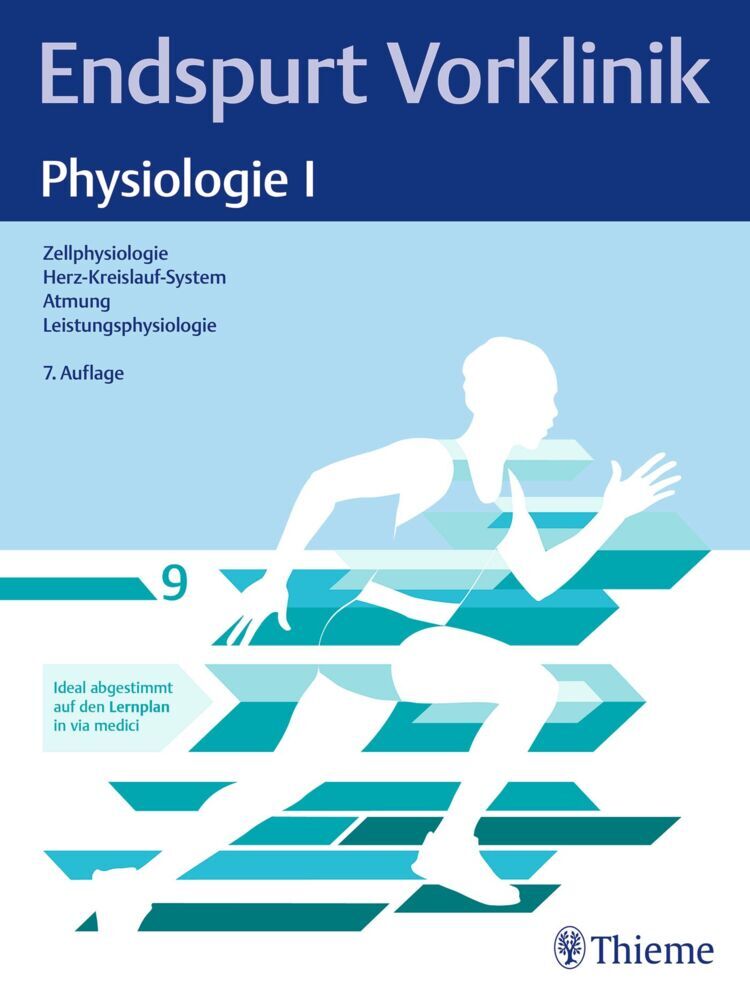Cancer Stem Cells
Novel Concepts and Prospects for Tumor Therapy
Cancer stem cells werehave originally been identified in leukemia and later in several solid tumor types. They have very different properties from the bulk of the tumor, as they divide much more slowly and have very efficient drug- resistance mechanisms. Current treatments might largely spare cancer stem cells, thus leading to tumor recurrence and metastasis. The recent identification of growth and differentiation pathways responsible for cancer stem cell proliferation and survival will help in the discovery identification of novel therapeutic targets. Developing selective drugs against cancer stem cells offers great therapeutic opportunities but also provides for major challenges regarding preclinical models, therapeutic windows, and clinical study end points.
1;Preface;5 2;Contents;8 3;List of Editors and Contributors;10 3.1;Editors;10 3.2;Contributors;10 4;Niche for Normal and Cancer Stem Cells;16 4.1;1 Introduction;17 4.2;2 The Melanocyte Stem Cell Serves as an IdealModel to Understand Quiescence of Stem Cells;18 4.3;3 Definition of MSC;19 4.4;4 Isolation of MSCs En Masse;20 4.5;5 Evaluation of Gene Function by MC- Specific Gene Manipulation;21 4.6;6 Induction of QuiescentMSCs RequiresMultiple Steps;22 4.7;7 A Working Hypothesis for the Induction of QuiescentMSCs;23 4.8;8 Induction of QuiescentMSCs In Vitro: Future Direction;25 4.9;References;27 5;c-Myc and Activated Ras During Skin Tumorigenesis: Cooperation at the Cancer Stem Cell Level?;28 5.1;1 The Myc Proto-oncogenes;29 5.2;2 Distinct Consequences of c-Myc Overexpression in Epidermal Cell Types;30 5.3;3 The Role of Endogenous c-Myc in the Epidermis;32 5.4;4 The Role of Endogenous c-Myc in Ras- Mediated Skin Tumorigenesis;33 5.5;5 c-Myc and RasMu Function in Epidermal Cancer Initiating Cells;34 5.6;References;37 6;Wnt Signaling in Stem Cells and Lung Cancer;42 6.1;1 Overview ofWnt Signaling;43 6.2;2 Stem Cells, Cancer Stem Cells, and Lung Cancer;46 6.3;3 Wnt Signaling in Stem Cell Maintenance and Regeneration;50 6.4;4 Wnt Signaling in Lung Cancer;52 6.5;5 Potential Therapeutic Approaches Targeting theWnt Pathway;59 6.6;6 Summary;61 6.7;References;62 7;Bone Morphogenetic Proteins Regulate Tumorigenicity in Human Glioblastoma Stem Cells;74 7.1;1 Materials and Methods;90 7.2;References;93 8;Strategies to Induce Nuclear Reprogramming;97 8.1;1 Introduction;98 8.2;2 Reprogramming by Nuclear Transfer;98 8.3;3 Reprogramming by Cell Fusion;101 8.4;4 Culture-Induced Reprogramming;103 8.5;5 Reprogramming by Defined Factors;105 8.6;6 Outlook;107 8.7;References;108 9;The Intestinal Stem Cell Niche Studied Through Conditional Transgenesis;113 9.1;1 Introduction;114 9.2;2 Stem Cells Within the Small Intestine;114 9.3;3 Analysis of Crypt Survival After Exposure to Ionising Radiation;115 9.4;4 Signalling Pathways Regulating Intestinal Homeostasis: TheWnt Signalling Pathway;116 9.5;5 Summary;119 9.6;References;120 10;The Migrating Cancer Stem Cells Model- A Conceptual Explanation of Malignant Tumour Progression;123 10.1;1 The Multistep CarcinogenesisModel and Tumour Heterogeneity;124 10.2;2 TheWnt/ß-Catenin Signalling Pathway;128 10.3;3 De-differentiated Tumour Cells at the Invasion Front Show Characteristics of Stemness;131 10.4;4 The Model of Migrating Tumour Stem Cells;132 10.5;References;134 11;Bone Marrow Niche and Leukemia;139 11.1;1 Stem Cells in Health and in Cancer;140 11.2;2 Significant Role of the Stem Cell Niche;141 11.3;3 Hematopoietic Stem Cells, Archetype of Adult Stem Cells;143 11.4;4 Divisional Kinetics and Genotyping for Identification of Stem Cells;143 11.5;5 Stem Cell Niche: The Importance of Being Connected;145 11.6;6 Affinity of HSC Toward Stromal Cells;146 11.7;7 Homotypic and Heterotypic Interactions;147 11.8;8 Significance of Adhesion Molecules for Regulation of Self- Renewal;148 11.9;9 Conclusion;149 11.10;References;150 12;Breast Stem Cells and Cancer;154 12.1;1 Introduction;154 12.2;2 Cancer Stem Cells;156 12.3;3 DCIS MammospheresÒImportance of EGF and Notch Signalling;160 12.4;References;163 13;Prostate Cancer Stem Cells: A Target for New Therapies;168 13.1;1 Introduction;169 13.2;2 TransgenicMouse Models of Prostate Cancer;170 13.3;3 Prostate Cancer: A Disease of Epithelial Differentiation;170 13.4;4 Stem cell Expansion In Vitro;171 13.5;5 Definition of the Stem Cell Phenotype in Prostate;172 13.6;6 The Origins of Prostate Cancer;174 13.7;7 Isolation of Prostate Cancer Stem Cells;176 13.8;8 Gene Expression in Prostate Cancer Stem Cells;180 13.9;9 Implications for Prostate Cancer Therapy;183 13.10;References;188 14;The Hedgehog Signaling Network, Mammary Stem Cells, and Breast Cancer: Connections and Controversies;193 14.1;1 Introduction;194 14.2;2 Stem and Progenitor Cells in Mammary Gland Ductal Development;197 1
Wiestler, O. D.
Haendler, B.
Mumberg, D.
| ISBN | 9783540708537 |
|---|---|
| Artikelnummer | 9783540708537 |
| Medientyp | E-Book - PDF |
| Auflage | 2. Aufl. |
| Copyrightjahr | 2007 |
| Verlag | Springer-Verlag |
| Umfang | 263 Seiten |
| Sprache | Englisch |
| Kopierschutz | Digitales Wasserzeichen |

